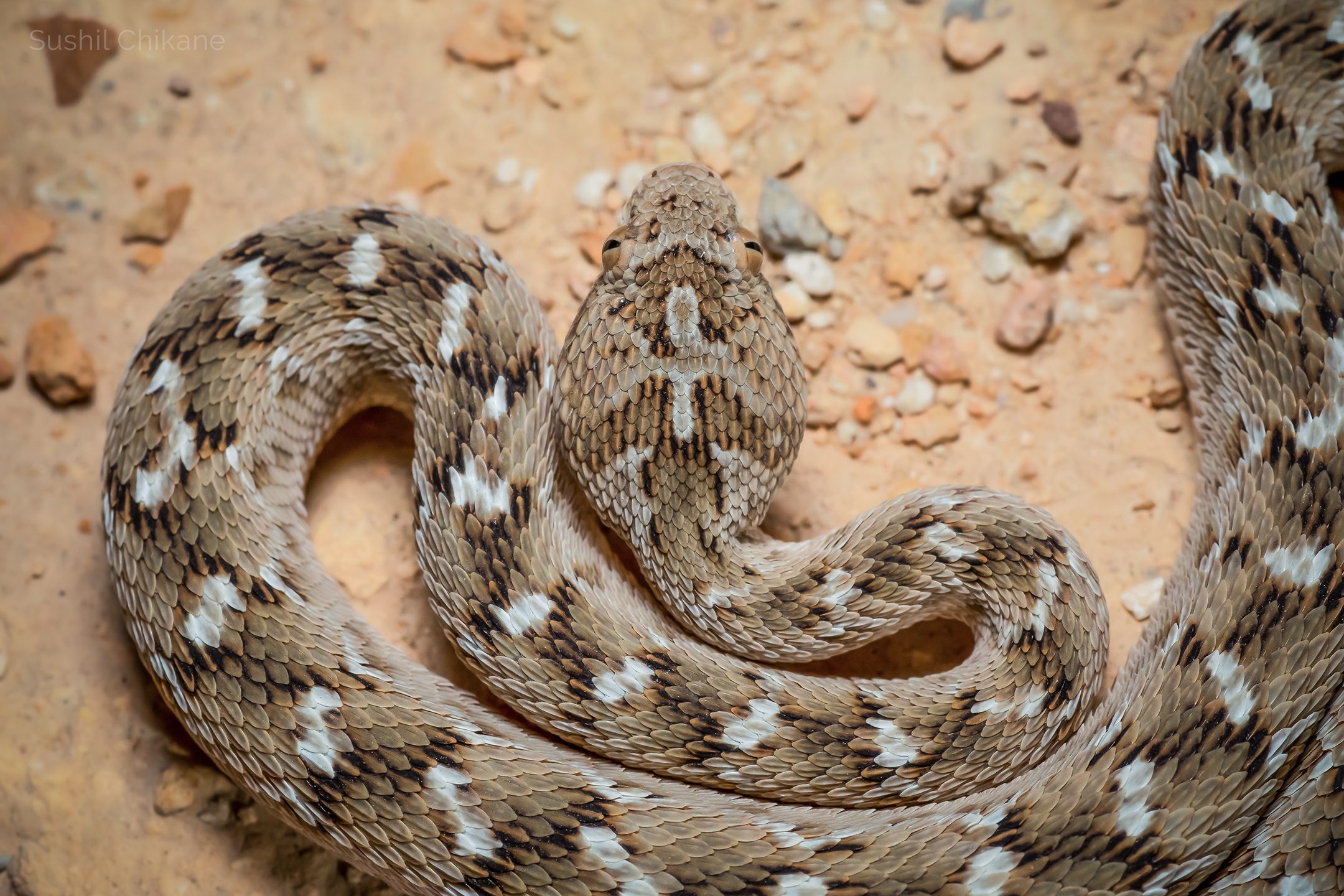





Desert National Park is situated in the west Indian state of Rajasthan near the town of Jaisalmer. One of the largest national parks, covering an area of 3162 sq. km, Desert National Park is an excellent example of the ecosystem of the Thar Desert. With sand dunes forming around 20% of the Park, the other landform consists of craggy rocks and compact salt lake bottoms, intermedial areas and fixed dunes.
This unique ecosystem stays home to many reptile species. Some of these are endemic to the Thar desert. With more studies, new species have been reported from this region. Our journeys have helped us witness host of these species. Some species spotted on earlier journeys are Toad-headed Agama, Spiny-tailed Lizard, Desert Monitor Lizard, Royal Snake, Sind Awl-Headed Snake, etc.
Despite a fragile ecosystem there exists an abundance of birdlife. The region is a haven for migratory and resident birds of the desert. Many eagles, harriers, falcons, buzzards, kestrel and vultures. Short-toed Eagles, Tawny Eagles, Spotted Eagles, Laggar Falcons and kestrels are the most common among these. Sand grouse are spotted near small ponds or lakes. The endangered Great Indian Bustard is a magnificent bird found in relatively fair numbers. Birdlife in this sandy habitat is vivid and spectacular. Birds such as sandgrouse, partridges, bee-eaters, larks, and shrikes are commonly seen. In the winter, the birdlife is augmented by species such as the Demoiselle
Crane and MacQueen’s Bustard. The national park’s other notable inhabitants are the Blackbuck, desert fox, wolf and desert cat.
Accessibility by Train: Jaisalmer
Accessibility by Air: Jodhpur
Day 1: 14/09/23:
Jaisalmer- Desert National Park
Received at Jodhpur. Transfer to Sam Desert, by reserved Jeeps.
Reach campsite in 3 hrs.
Camp arrival, room allotment followed by freshen up and tea / coffee.
Lunch.
Evening exploration around camp for species like Saw-scaled viper, Monitor lizard, etc.
Dinner.
Day 2: 15/09/23:
Desert National Park
Wake-up call. Tea/coffee with cookies.
Breakfast.
Early Sand dune trail. Learn to track herps in dunes, understand the ecosystem. Good chance to find sandfish, India fringe-toed lizard, Laungwala’s toad-headed Agama, etc.
Lunch at the camp site.
Head to Nabh Dongar to scan the rocky terrain. Good place for species like Indian spiny-tailed lizard, Sind Sand gecko, Persia Sand Gecko, etc.
Campfire and dinner.
Day 3: 16/09/23:
Desert National Park
Wake-up call. Tea/coffee with cookies.
Breakfast.
Full day exploration of scrubs and grasslands. This area is good for herps like sand snakes, Brilliant ground agama, etc. Besides herps one can also spot Great India Bustards, Desert Fox, Gerbils, etc.
Lunch on the field.
Campfire and dinner.
Day 4: 17/09/23:
Desert National Park- Jaisalmer
Morning visit to desert.
Back to camp for early lunch.
Depart for Jodhpur via J
